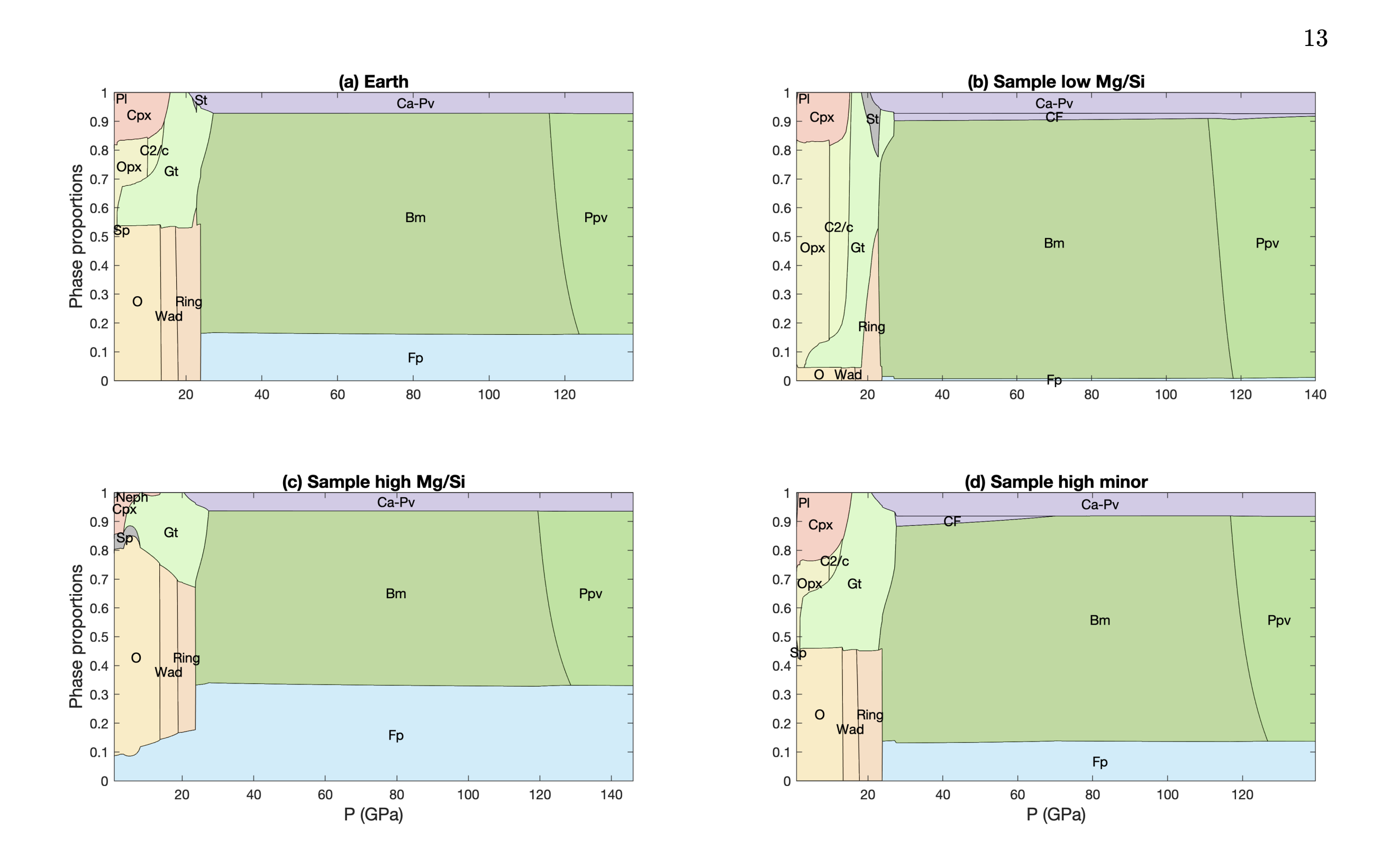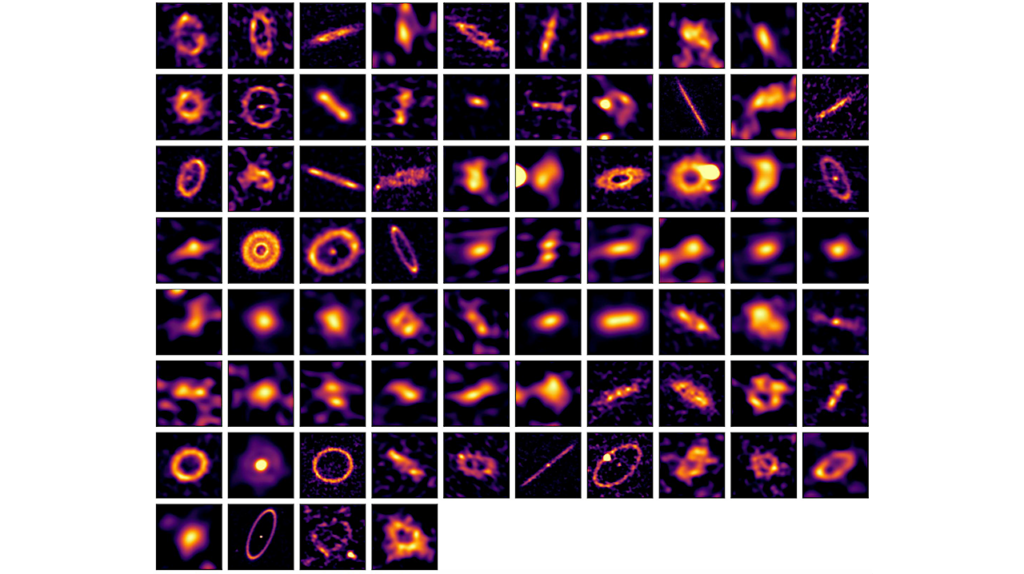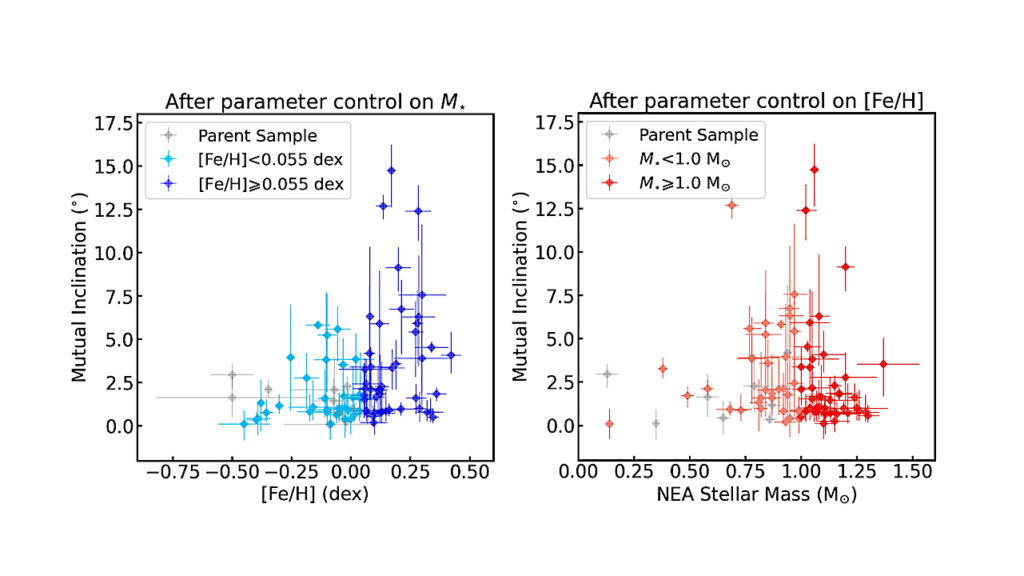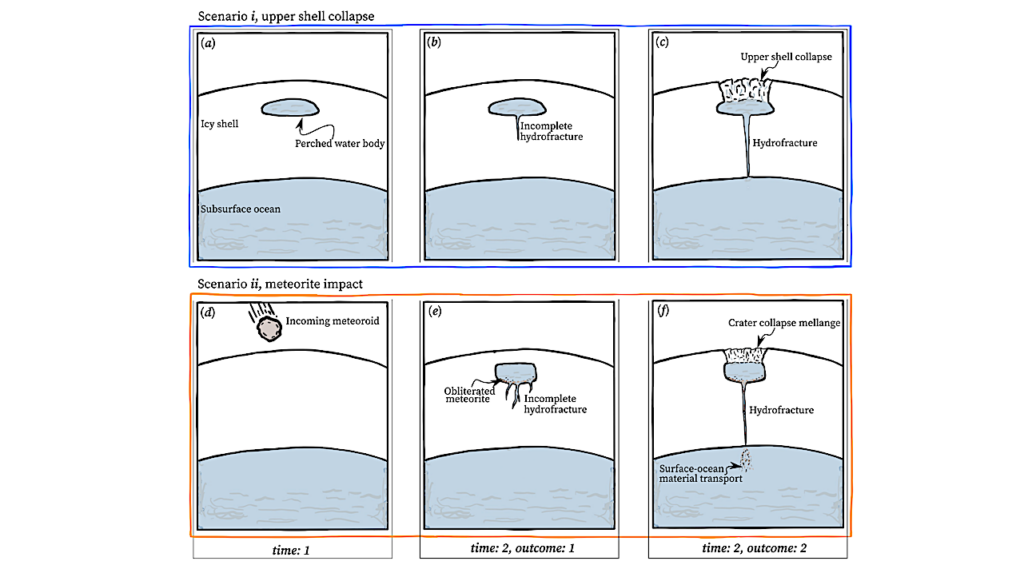Plausible Constraints On The Range of Bulk Terrestrial Exoplanet Compositions in the Solar Neighbourhood

Rocky planet compositions regulate planetary evolution by affecting core sizes, mantle properties, and melting behaviours.
Yet, quantitative treatments of this aspect of exoplanet studies remain generally under-explored. We attempt to constrain the range of potential bulk terrestrial exoplanet compositions in the solar neighbourhood (<200 pc). We circumscribe probable rocky exoplanet compositions based on a population analysis of stellar chemical abundances from the Hypatia and GALAH catalogues.
We apply a devolatilization model to simulate compositions of hypothetical, terrestrial-type exoplanets in the habitable zones around Sun-like stars, considering elements O, S, Na, Si, Mg, Fe, Ni, Ca, and Al. We further apply core-mantle differentiation by assuming constant oxygen fugacity, and model the consequent mantle mineralogy with a Gibbs energy minimisation algorithm.
We report statistics on several compositional parameters and propose a reference set of (21) representative planet compositions for using as end-member compositions in imminent modelling and experimental studies. We find a strong correlation between stellar Fe/Mg and metallic core sizes, which can vary from 18 to 35 wt%. Furthermore, stellar Mg/Si gives a first-order indication of mantle mineralogy, with high-Mg/Si stars leading to weaker, ferropericlase-rich mantles, and low-Mg/Si stars leading to mechanically stronger mantles. The element Na, which modulates crustal buoyancy and mantle clinopyroxene fraction, is affected by devolatilization the most.
While we find that planetary mantles mostly consist of Fe/Mg-silicates, core sizes and relative abundances of common minerals can nevertheless vary significantly among exoplanets. These differences likely lead to different evolutionary pathways among rocky exoplanets in the solar neighbourhood.
Rob J. Spaargaren, Haiyang S. Wang, Stephen J Mojzsis, Maxim D Ballmer, Paul J Tackley
Comments: Submitted to the Astrophysical Journal
Subjects: Earth and Planetary Astrophysics (astro-ph.EP); Solar and Stellar Astrophysics (astro-ph.SR)
Cite as: arXiv:2211.01800 [astro-ph.EP] (or arXiv:2211.01800v1 [astro-ph.EP] for this version)
Submission history
From: Rob Spaargaren
[v1] Thu, 3 Nov 2022 13:38:31 UTC (38,282 KB)
https://arxiv.org/abs/2211.01800
Astrobiology








